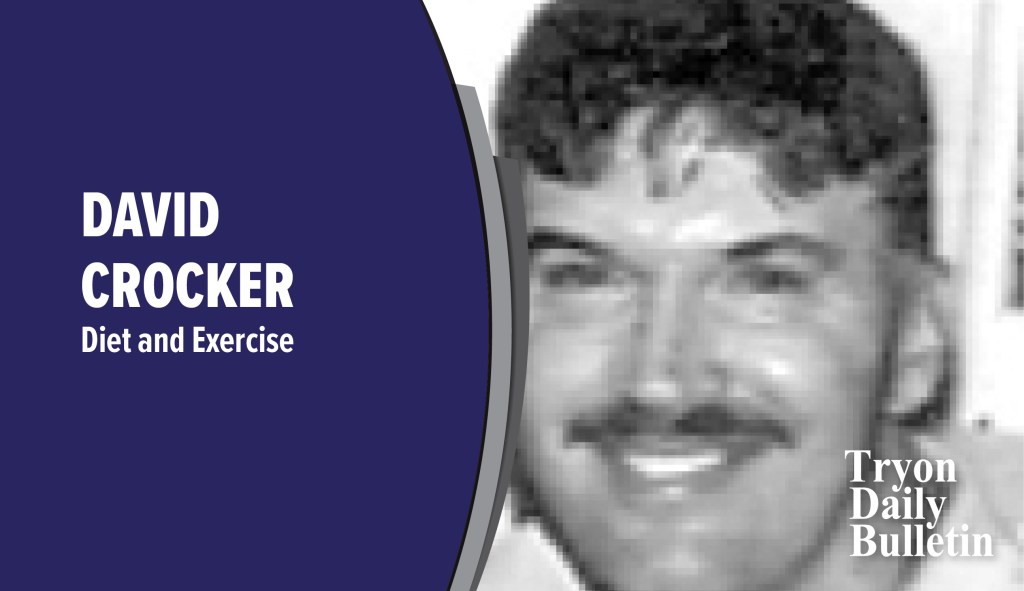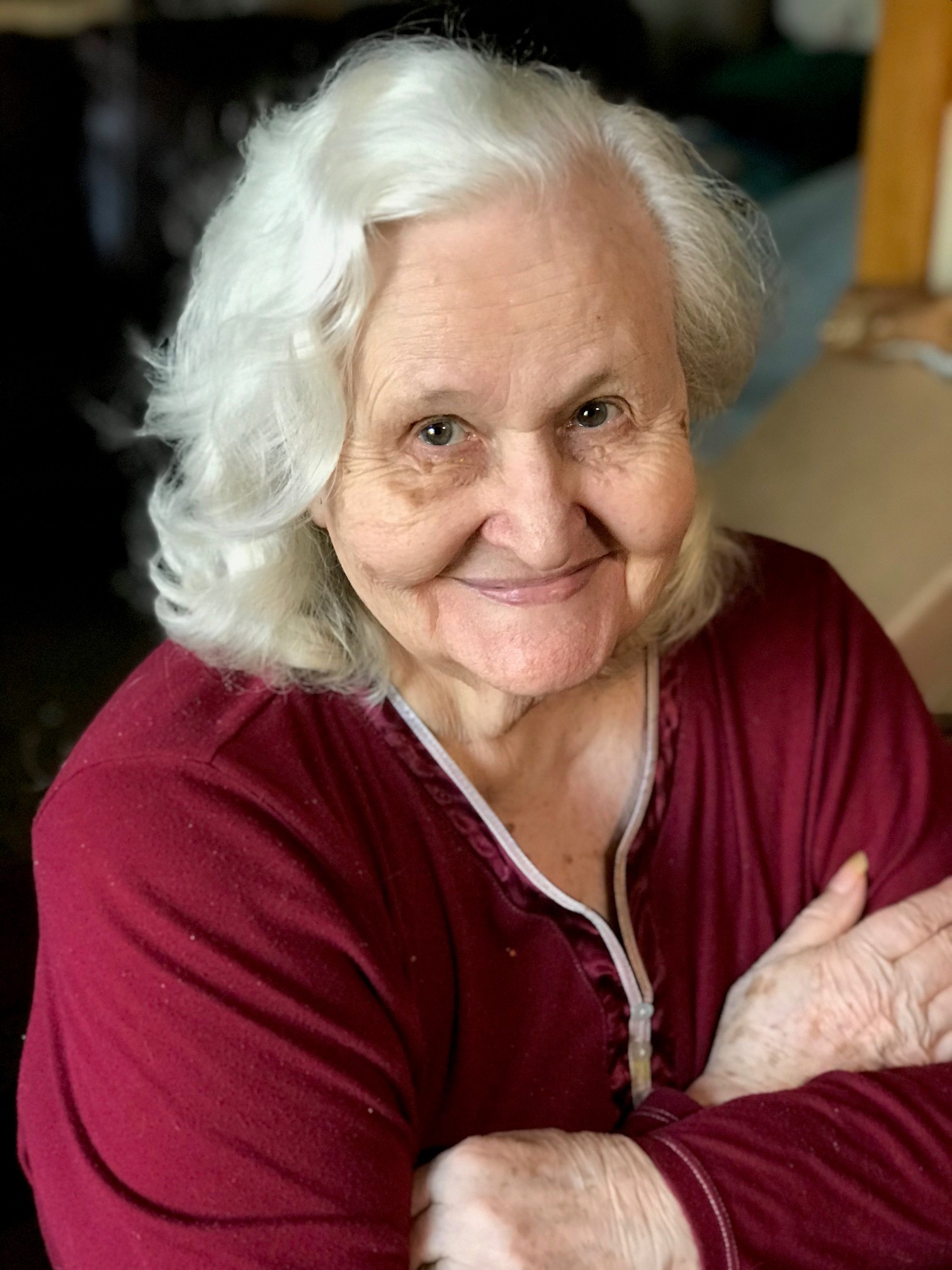Resistance training in older adults
Published 10:53 am Tuesday, September 6, 2022
|
Getting your Trinity Audio player ready...
|
Exercise for seniors is especially important, as proper exercise improves strength and balance, increases energy levels, prevents or delays diseases such as heart attack, stroke, diabetes, and some cancers, and enhances mood. It can even improve cognitive function.
In fact, a surge of recent inquiries into the health benefits of exercise for the elderly has been generated by a growing percentage of older folks in the population. Advanced age is associated with decreased strength. So, specifically, what is strength?
Trending
Strength is defined as the instantaneous maximal force generated by a muscle or group of synergistic (working together) muscles at a given velocity of movement.
Here are three types of training recommendations for seniors, and some of their benefits.
Weight training should include moderate to high-intensity strength training two or three times a week, with added task-specific exercises. This type of training improves daily function, decreases disability, lowers blood pressure, reduces arthritis pain, and increases aerobic capacity in those with congestive heart failure.
Trending
Endurance training, also called aerobic training, is designed to increase endurance and can include jogging, biking, or swimming. Endurance training reduces blood pressure, improves lipid profiles, and lowers cardiac mortality, while improving symptoms of pulmonary disease, enhancing insulin sensitivity, and reducing pain.
Balance training is a method of training that incorporates balance-demanding exercises, specific to various components of balance control, and to situations in daily life such as sitting, standing, and walking at three different levels of progression (basic, moderate, and advanced). The objective of balance training is for the participant to achieve “balance control.” This is the foundation of a person’s ability to move and function independently. This results in improved leg strength, with fall risk reduction.
As folks age, many become sedentary. Inactivity is often associated with alterations in body composition resulting in an increase in the percentage of body fat with an accompanying decline in lean body mass. This is often referred to as “lean to fat ratio.”
Always remember, you carry fat, but muscle carries you. Skeletal muscle atrophy is often associated with aging and inactivity. Sarcopenia is defined as low muscle mass in combination with low muscle strength with low physical performance. Consequently, reduced physical performance and dependence on activities of daily living are more common among elderly folks. Resistance exercise has long been suggested as a treatment to prevent and manage sarcopenia. Proper weight training exercises are recommended, along with adequate amounts of high-quality protein.
Eggs are probably your best bet as they are referred to as the “gold standard” of protein, not just because they are considered a “complete” protein, but because they have the highest biological value for protein. “Biological value” is another scale used to measure the efficiency with which a protein can be used for growth, or how easy it is for our bodies to utilize a specific protein.
Regular exercise and training in older adults can improve health and quality of life. This is where personal trainers can provide seniors with functional fitness and daily living skills, for increased independence. Make sure, however, that the fitness professional you choose has the capacity to handle a variety of training goals, as the needs of older adults differ greatly from those of teens, and young or middle adults.
David Crocker is a nutritionist and master personal trainer. Questions? Email David at dwcrocker77@gmail.com or text to 864-494-6215.






